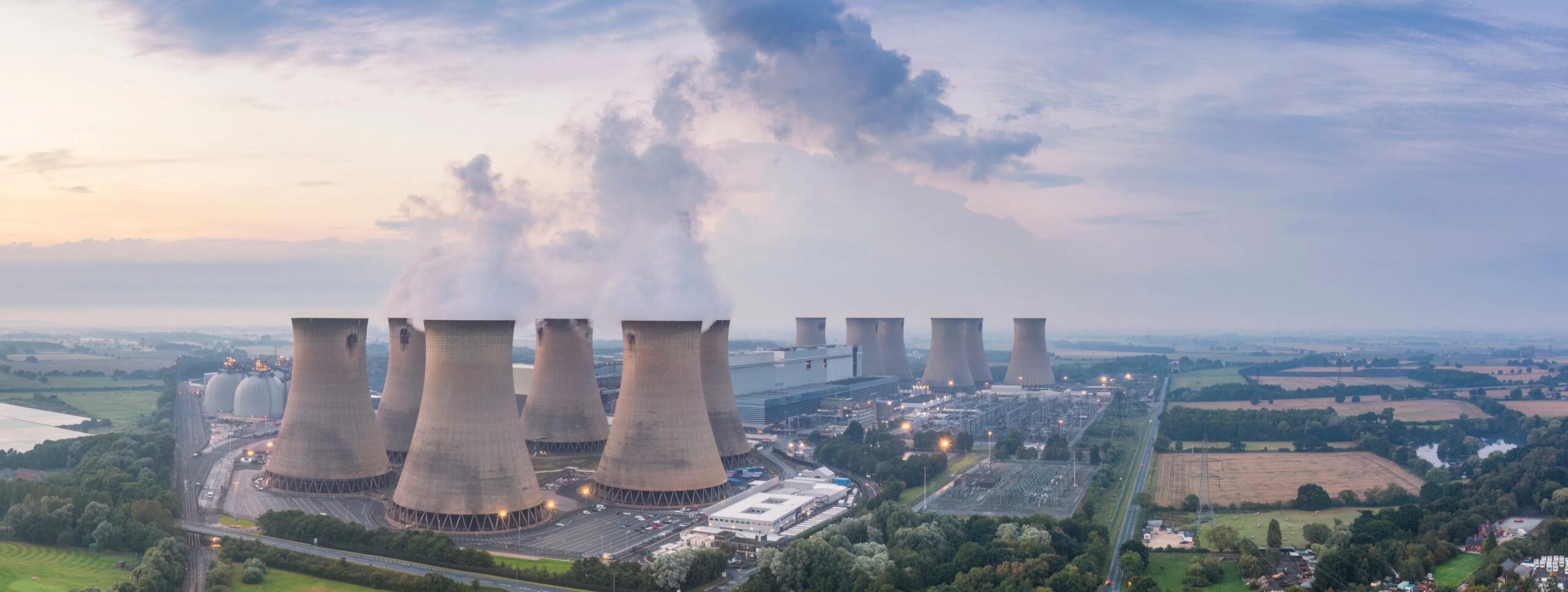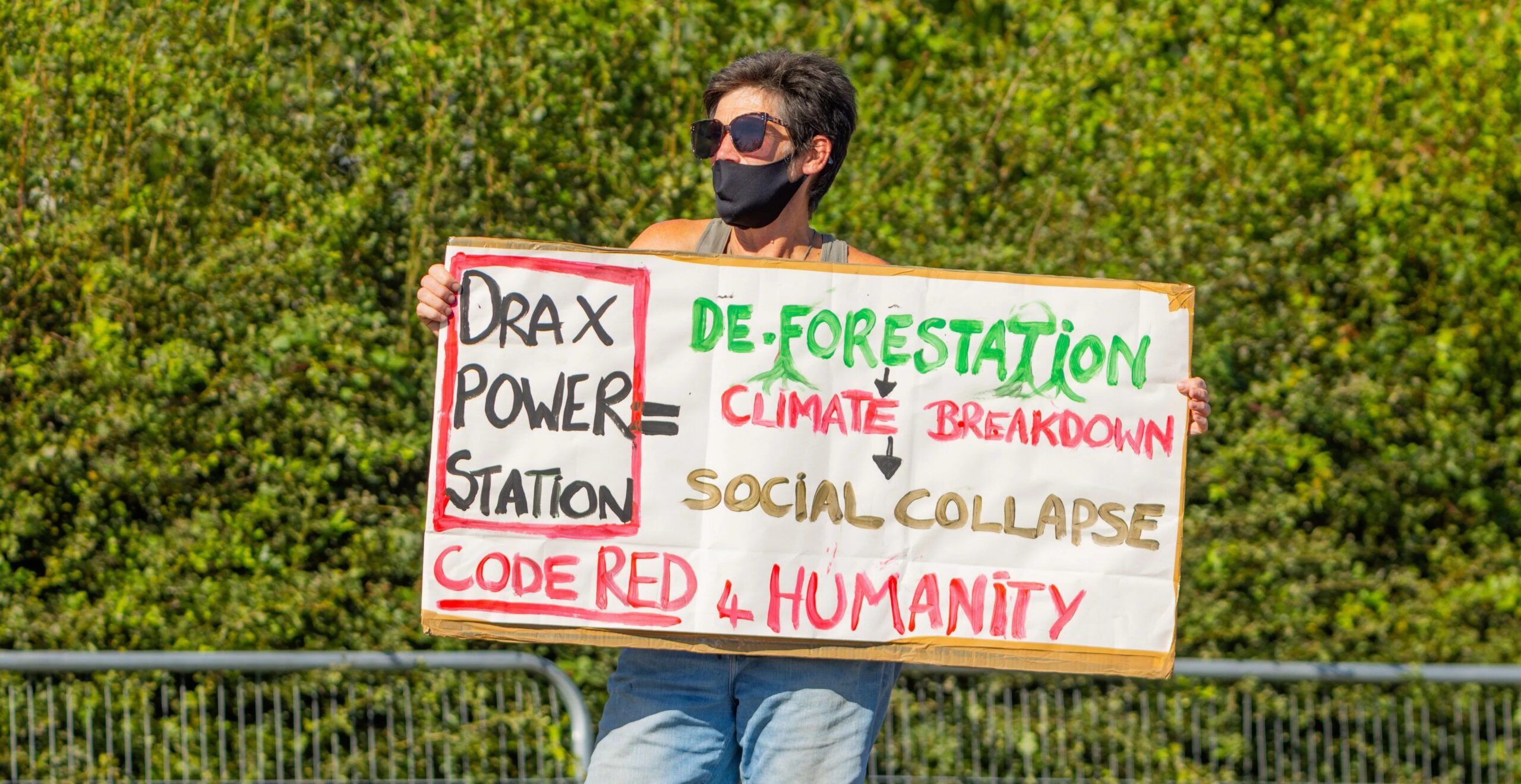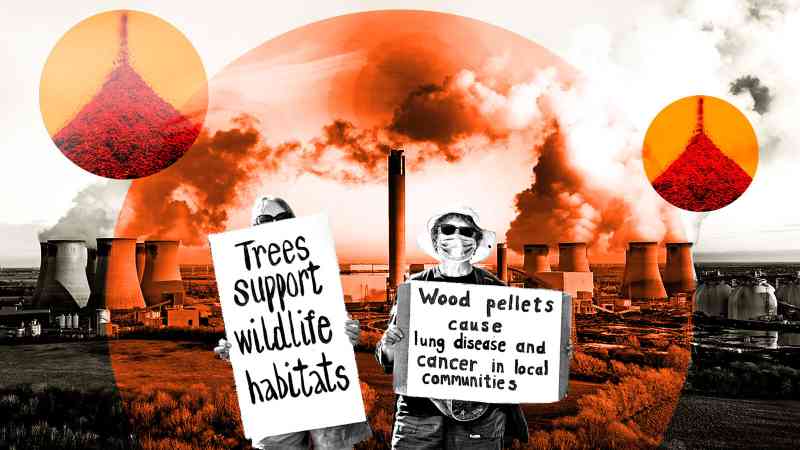Drax paints complicated picture in black, white and green
It was supposed to give the owner of Britain’s largest power station a marked change in colour, from the black coal that it had burnt since its construction to an altogether greener hue from incinerating trees, or at least wood pellets derived from them. It hasn’t turned out that way.
Instead, Drax Group, the owner of Britain’s biggest power station, has been mired in controversy since it converted four of the six units at its plant in North Yorkshire from burning coal to biomass. Scientists and environmental groups are at odds over the green credentials of burning wood shipped in from overseas to generate electricity — and the findings of an Ofgem investigation into how the company reports figures around the sustainability of the wood pellets it sources are likely to provide further fuel for the energy generator’s detractors.
The regulator has ordered Drax to pay £25 million in redress after finding that it had failed to put “adequate data governance and controls in place” when it came to reporting details around the type of wood sourced from Canada for use in its power plant near Selby between the end of March 2021 and April 2022.

Drax had been unable to demonstrate how its “annual profiling submission had been arrived at and unable to support the reliability of its profiling data reporting of forestry type and saw logs for Canadian consignments for that same period”, the regulator said.
Last year the company shipped in 90 per cent of the biomass used in its plant from Canada and the United States. Now it has been asked to appoint a third-party auditor to review the data submitted for the most recent reporting period and to resubmit information for 2021-22.
Will Gardiner, 60, the chief executive of Drax Group, said that it recognised “the importance of maintaining a strong evidence base” and was “continuing to invest to improve confidence in our future reporting”.
Ofgem’s investigation was launched in May last year after a review of the information submitted by Drax for the historical reporting period. The latest findings relate to the additional details that Drax and other biomass generators need to supply to Ofgem about how the woody biomass they burn is sourced, information that is not used to issue renewables obligations certificates.
The investigation found no evidence that Drax had been incorrectly issued with the renewables certificates, a form of subsidy funded via customer bills, or that it had not met a threshold for a minimum of 70 per cent of biomass to come from “sustainable sources” in order to qualify for funding.
Wood from sustainable sources is defined as being grown within an area of forest or other land that is managed in a way consistent with the Forest Europe Sustainable Forest Management Criteria or a set of international principles for the sustainable management of land.
Drax received £548 million in renewables obligations certificates subsidies last year and £599 million in 2022. The support scheme, which is administered by the energy regulator, places an annual obligation on electricity suppliers to present a specified number of renewables obligations certificates per megawatt hour of electricity supplied to their customers, or to pay into a buyout fund.
Renewables obligations certificates are issued to certain power companies for the eligible renewable electricity they generate, which they can then trade with other operators or sell directly to suppliers, providing an extra revenue stream. The four units at Drax that have been converted to burn biomass wood pellets qualify for renewable energy subsidies on the basis that trees absorb carbon as they grow, offsetting the carbon emitted when they are burnt.
The penalty Drax has been told to pay to atone for its misreporting is the second largest issued by the energy watchdog and equates to almost a third of the £77 million of the fines, redress payments and customer repayments recovered by Ofgem last year.
However, Ember, an independent energy think tank, criticised the 15-month investigation as “light touch” and said that Drax would be “relieved to only receive a £25 million fine for these multiple compliance failures, in light of the more than £500 million it makes every year from public subsidy”.
The closure of the investigation has been viewed by analysts as a victory for Drax, clearing the way for an extension of subsidies. The existing support regime comes to an end in 2027 and Drax has been seeking an extension to the subsidies until the end of the decade, when at least one of the units at the Drax power station, which supplies about 4 per cent of the UK’s electricity, will be converted to biomass with carbon capture and storage technology, known as BECCS.
Alexander Wheeler, an analyst at RBC Capital Markets, the broker, said the ending of the investigation would remove an overhang that had lingered over the company’s share price since May last year. “This announcement also confirms no issues with biomass sustainability, which is clearly important as Drax continues its discussions with the government around the bridging mechanism,” he said.

Yet the findings of misreporting will provide fresh ammunition for environmentalists who have criticised the sustainability claims made by Drax. Its detractors argue that classifying biomass as sustainable because replacement trees are planted to absorb the carbon dioxide emitted fails to stack up against the time taken for forests to grow and lock away the pollution.
An analysis by Ember suggested that Drax was Britain’s biggest carbon emitter, accounting for almost 3 per cent of emissions, or 11.5 million tonnes of carbon dioxide last year. Drax said the report was flawed and had chosen “to ignore the widely accepted and internationally recognised approach to carbon accounting”.
An investigation by the BBC’s Panorama programme in 2022 found that wood from two areas in British Columbia were used to make wood pellets for generating electricity in Britain. Drax said at the time that it had not taken wood from the two areas looked at by the investigation and that four fifths of the material it used to make pellets in Canada were from sawdust, wood chips and bark left over when timber was processed.




Post Comment